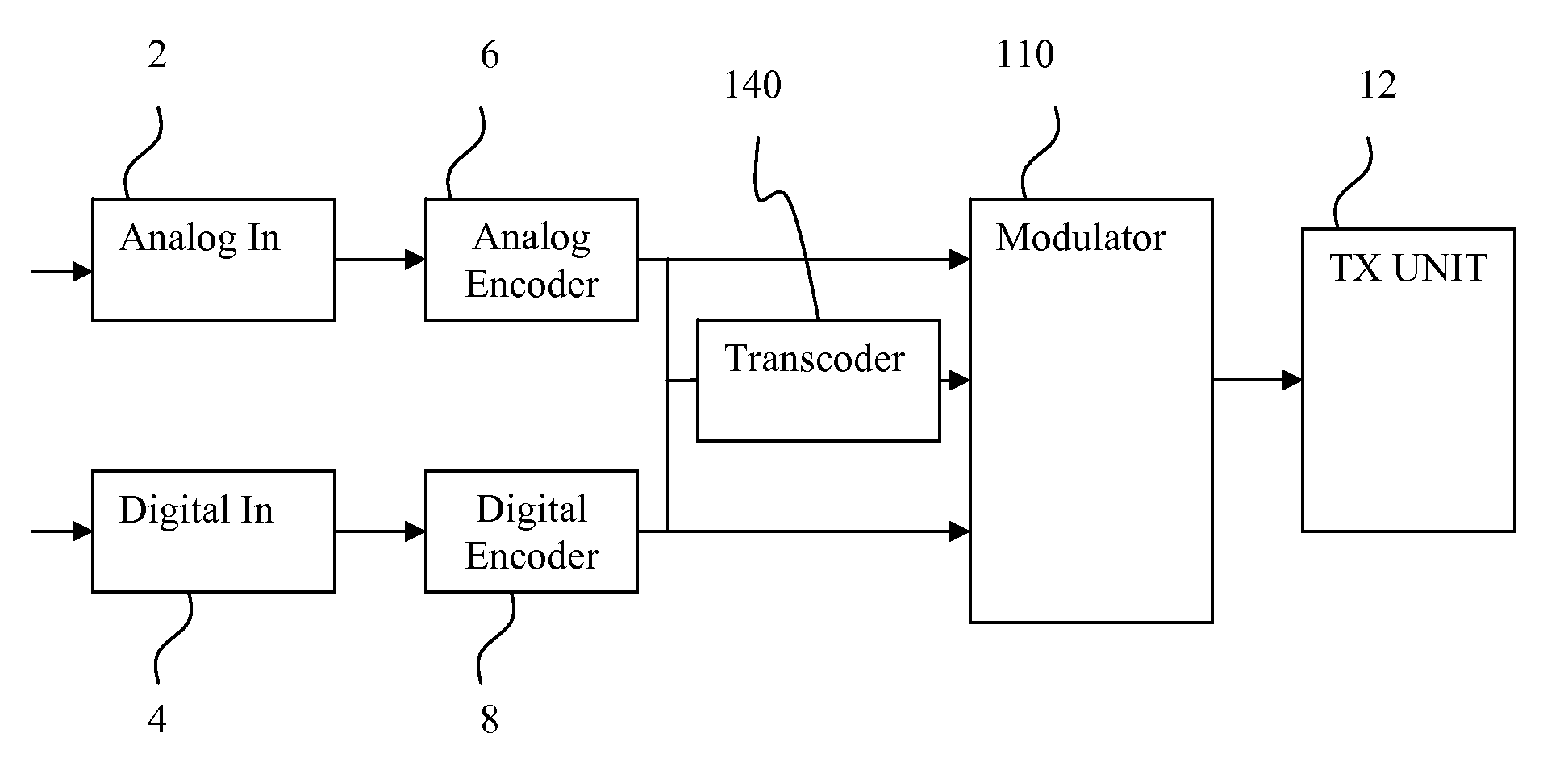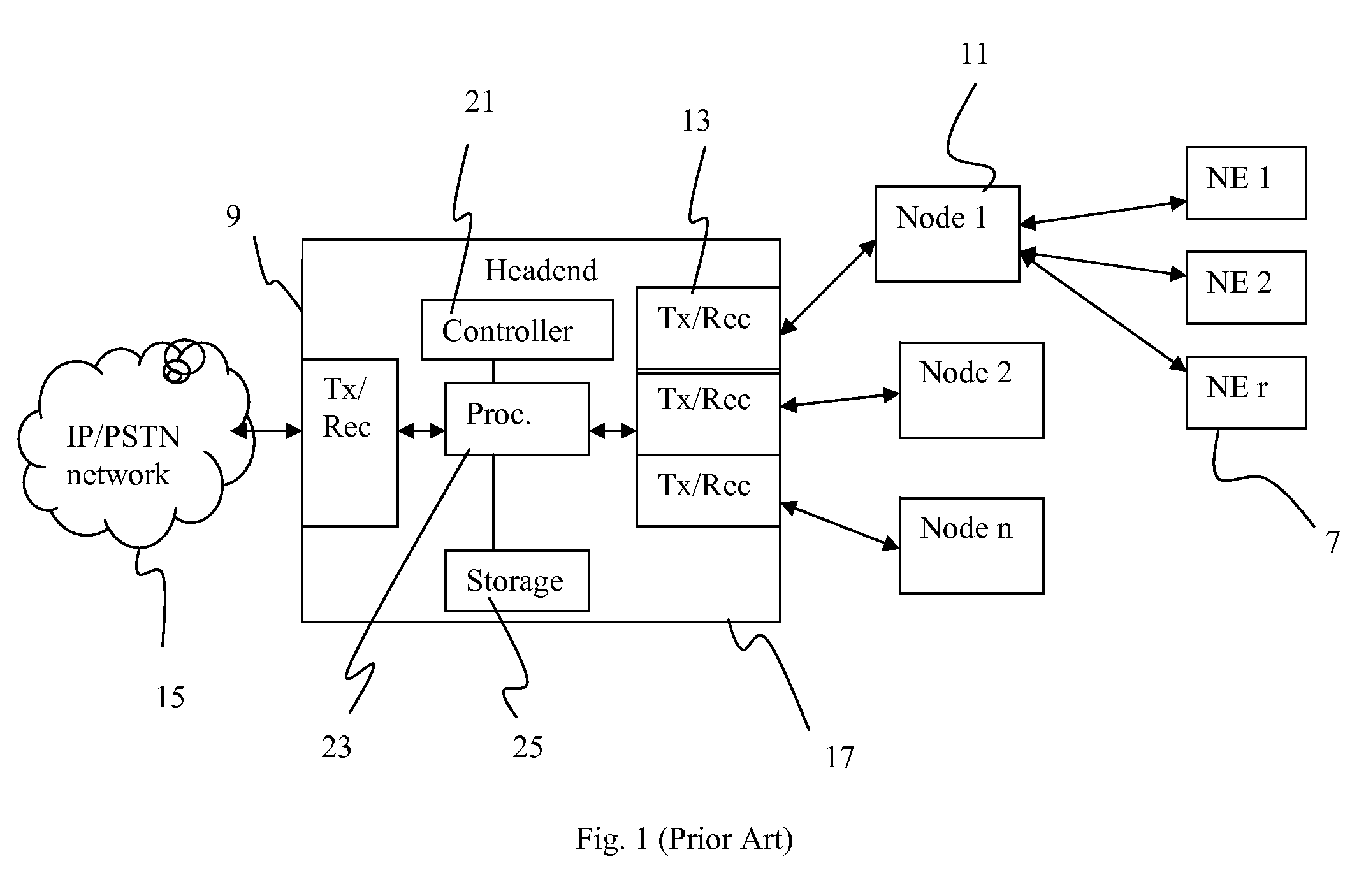Method and apparatus for providing low resolution images in a broadcast system
a broadcast system and low resolution technology, applied in the field of low resolution images in the broadcast system, can solve the problems of insufficient detail for the user to adequately evaluate a program, unappealing most existing electronic program guides, and slow channel change performance, so as to achieve rapid channel change response, improve user perception of channel change times, and improve the effect of channel change speed
- Summary
- Abstract
- Description
- Claims
- Application Information
AI Technical Summary
Benefits of technology
Problems solved by technology
Method used
Image
Examples
Embodiment Construction
[0028]The invention preferably will mask the perceived channel change time to be much less objectionable to the user by using the broadcast set of low resolution streams as way to quickly display the program content while the main decoder tunes to and then decodes the associated full resolution image. The invention provides for broadcasting low resolution streams to all user media access devices. The decoded low resolution streams may function as a motion image based electronic program guide (EPG). Since they are broadcast to all media access devices, each users EPG experience may be tailored to those channels which are centered around the current channel being viewed, which is explained in detail below with reference to FIG. 7. The decoded low resolution streams may also function as the image provided to a user upon a channel change request and followed by a switch to the full resolution image once the full resolution image is decoded. The low resolution streams may also be provide...
PUM
 Login to View More
Login to View More Abstract
Description
Claims
Application Information
 Login to View More
Login to View More - R&D
- Intellectual Property
- Life Sciences
- Materials
- Tech Scout
- Unparalleled Data Quality
- Higher Quality Content
- 60% Fewer Hallucinations
Browse by: Latest US Patents, China's latest patents, Technical Efficacy Thesaurus, Application Domain, Technology Topic, Popular Technical Reports.
© 2025 PatSnap. All rights reserved.Legal|Privacy policy|Modern Slavery Act Transparency Statement|Sitemap|About US| Contact US: help@patsnap.com



